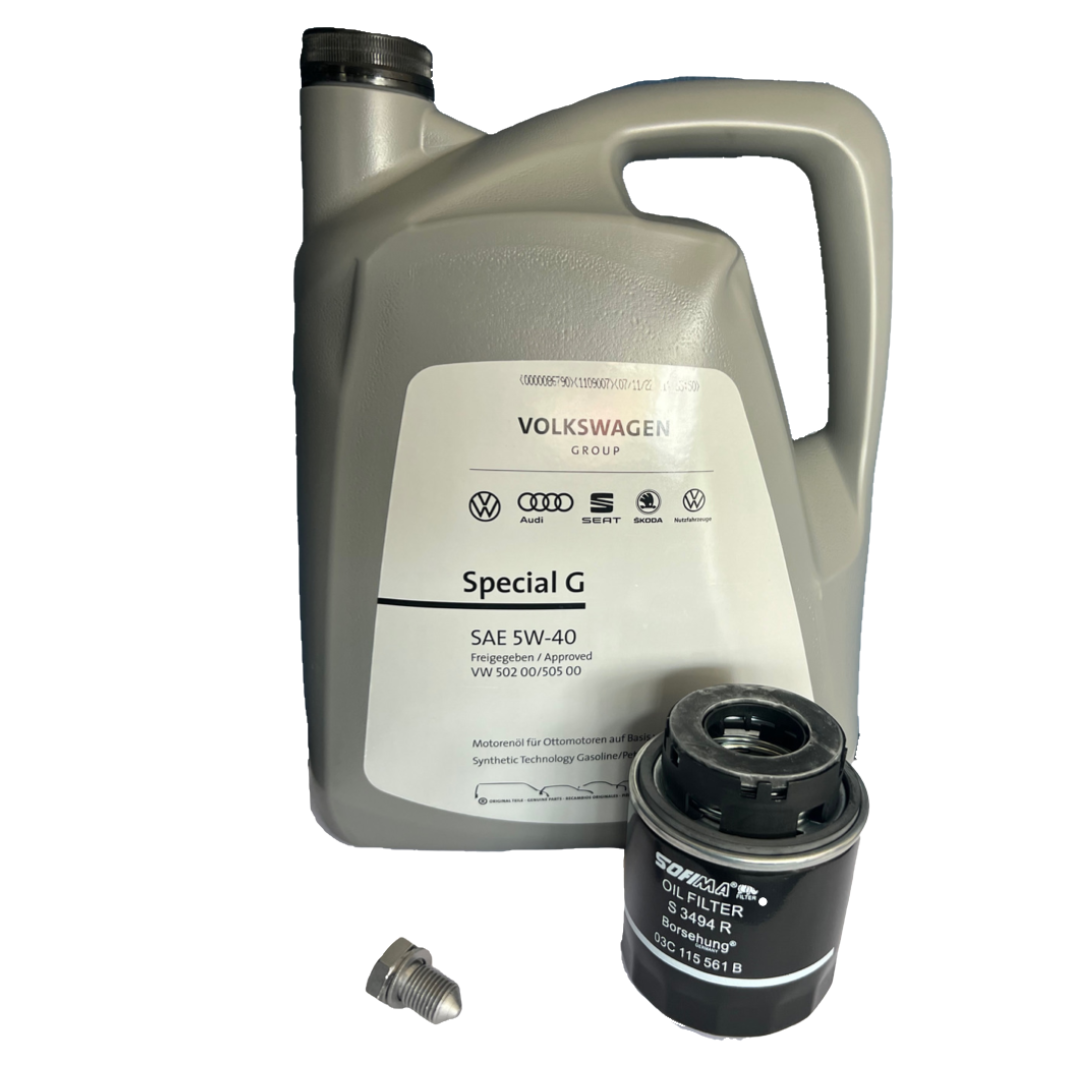Exactly How a Clp Engine Can Boost Efficiency in Different Industries
The introduction of CLP engines notes a significant shift in operational efficiency throughout different markets, driven by their capability to enhance gas consumption and reduce downtime. As organizations increasingly prioritize sustainability alongside effectiveness, the role of CLP engines becomes also much more crucial.
Summary of CLP Engines
CLP engines, or Continual Fluid Propellant engines, stand for a significant development in propulsion technology, particularly for room applications. These engines use a constant feed system that permits the sustained expulsion of propellant, resulting in boosted efficiency and efficiency compared to typical strong or hybrid propulsion systems. By keeping a continuous circulation of liquid propellant, CLP engines can achieve more accurate thrust control, which is critical for navigating spacecraft in various goal circumstances.
The design of CLP engines incorporates advanced materials and ingenious fuel management systems. clp engine. This results in minimized weight and enhanced reliability, important factors for long-duration space missions. Additionally, the constant operation decreases the danger of burning instability, an usual challenge in conventional rocket engines.

Advantages in Production
The manufacturing of Constant Fluid Propellant (CLP) engines provides several significant benefits that boost both efficiency and cost-effectiveness. One of the primary advantages is the streamlined production procedure, which reduces the complexity linked with conventional propulsion systems. By making use of liquid propellant, producers can attain better accuracy in engine efficiency, resulting in optimized energy outcome and lowered waste.
Additionally, CLP engines facilitate a greater level of modularity, permitting easier integration right into numerous production lines. This versatility can dramatically reduce lead times and improve total operational versatility. The usage of CLP technology likewise tends to lessen the requirement for substantial maintenance due to less relocating parts, which converts right into lowered downtime and functional expenses.

Applications in Logistics
Leveraging Continual Liquid Propellant (CLP) engines in logistics offers significant benefits in functional effectiveness and reliability. These engines provide a robust service for numerous transportation requirements, enabling the seamless motion of items across huge distances. The intrinsic layout of CLP engines permits constant power outcome, which translates into smoother and more foreseeable transport timetables.
Among the crucial applications of CLP engines in logistics is in heavy-duty freight transport, where they can drive both ground and aerial vehicles. Their capacity to preserve high efficiency under varying tons conditions ensures that distribution timelines are met, therefore boosting consumer satisfaction. Furthermore, CLP engines can be integrated right into automated logistics systems, assisting in real-time monitoring and optimizing route preparation.
In addition, the durability of CLP engines lowers upkeep downtime, allowing logistics business to maximize their functional capabilities. This is especially useful in warehousing operations, where performance in dealing with and carrying items is important. As site logistics proceeds to progress, the assimilation of CLP engines stands for a forward-thinking approach that not only boosts efficiency but also supports the industry's growing needs for integrity and speed.
Effect On Power Effectiveness
Just How do Continual Fluid Propellant (CLP) engines improve power performance in transportation? CLP engines utilize a consistent flow of liquid fuel, enhancing combustion processes and keeping a steady thrust result. This style reduces power losses related to conventional combustion engines, where gas distribution can differ and bring about ineffectiveness.
The continual procedure of CLP engines permits an extra effective thermal cycle, leading to greater certain impulse compared to conventional engines. clp engine. This equates to decreased fuel consumption for the same amount of work done, substantially decreasing functional expenses throughout various next page transport fields, consisting of aeronautics and maritime industries
Moreover, the ability of CLP engines to preserve optimum performance under varying tons conditions lowers the requirement for regular velocity and deceleration, further boosting fuel efficiency. Improved power effectiveness not just contributes to cost financial savings but likewise brings about lower greenhouse gas emissions, aligning with international sustainability objectives.
Future Trends and Innovations
Arising innovations in Continual Liquid Propellant (CLP) engine modern technology assurance to revolutionize the landscape of transport effectiveness and sustainability. As markets pivot toward greener alternatives, CLP engines stand at the center, incorporating ingenious products and layout approaches that enhance efficiency while minimizing ecological effect.
One of the most encouraging patterns is the fostering of crossbreed systems that incorporate CLP engines with renewable resource resources. This harmony can optimize fuel consumption and minimize discharges, straightening with worldwide sustainability goals. Furthermore, developments in computational liquid dynamics (CFD) are helping with the design of even more aerodynamically effective engines, bring about decreased drag and boosted gas efficiency.
In addition, the advancement of wise tracking systems is readied to enhance operational performances. These systems leverage information analytics and IoT modern technology see this to enhance engine performance in real-time, making sure that the engines operate within their most reliable specifications.
As research remains to explore alternate propellant formulas-- such as biofuels and synthetic fuels-- the future of CLP engines looks promising. By utilizing these innovations, markets can not only improve their performance however also add considerably to a cleaner, more lasting future in transportation.
Verdict
In conclusion, CLP engines stand for a significant advancement in performance throughout numerous markets. The assimilation of sophisticated products and less relocating components decreases maintenance needs, while positioning with sustainability objectives placements CLP engines as a pivotal technology for the future.
Comments on “Install a state-of-the-art clp engine for better performance.”